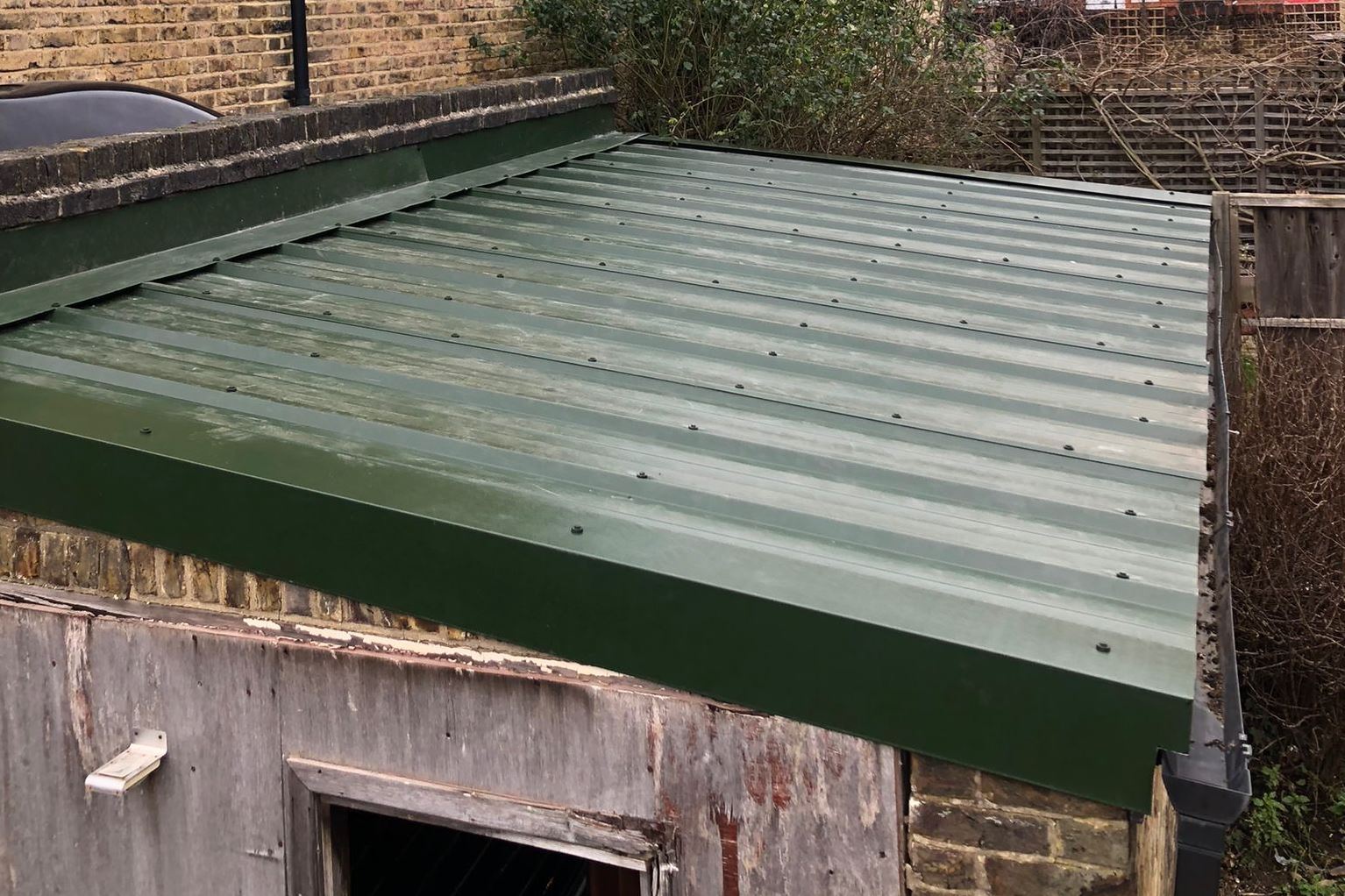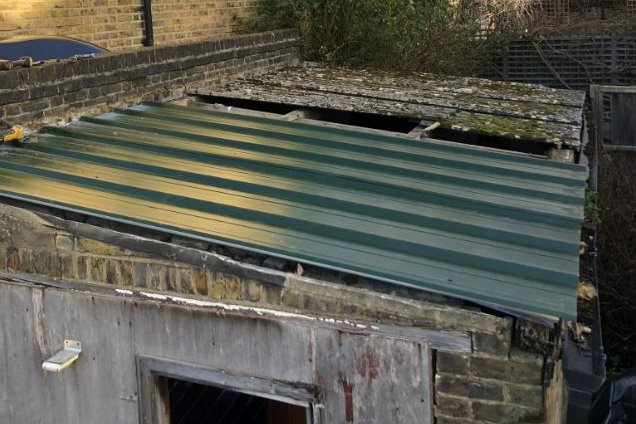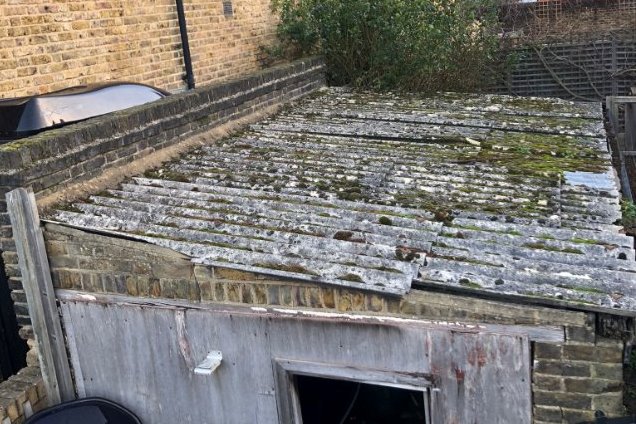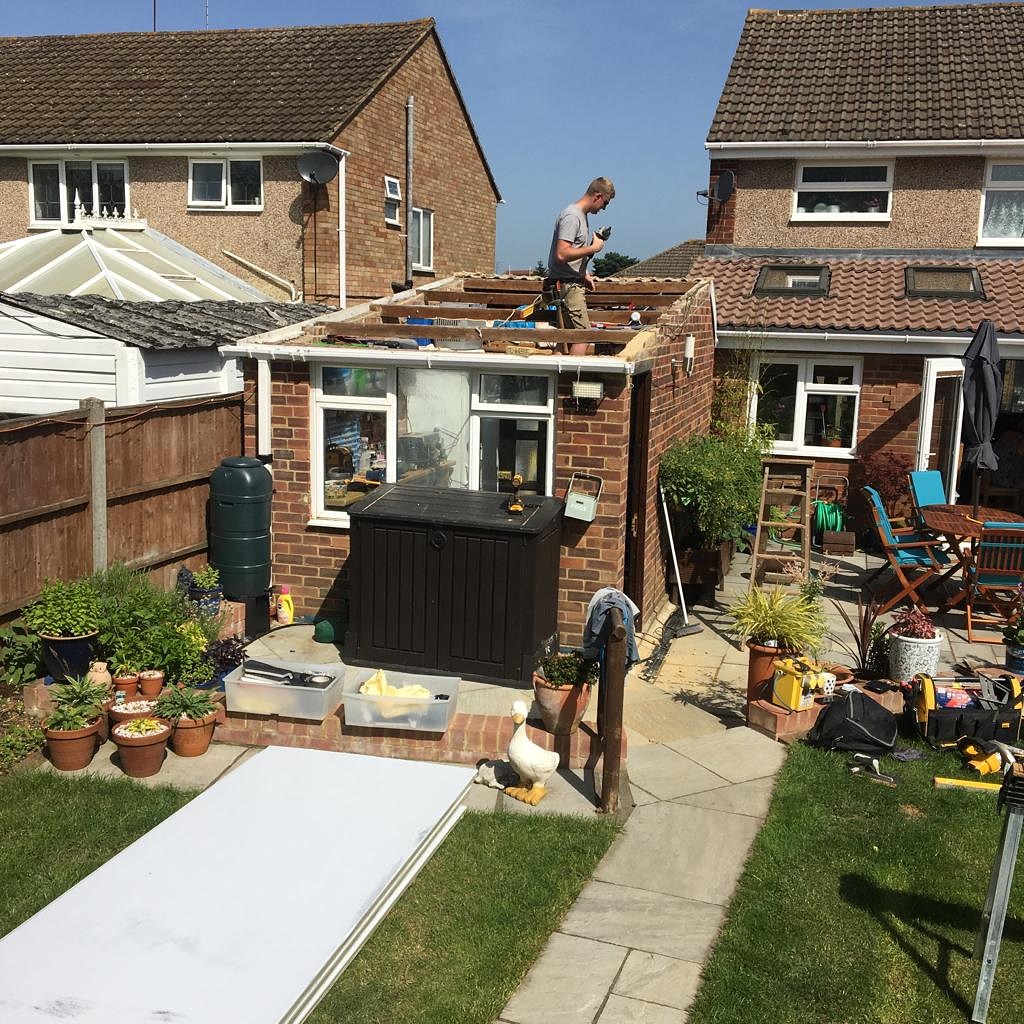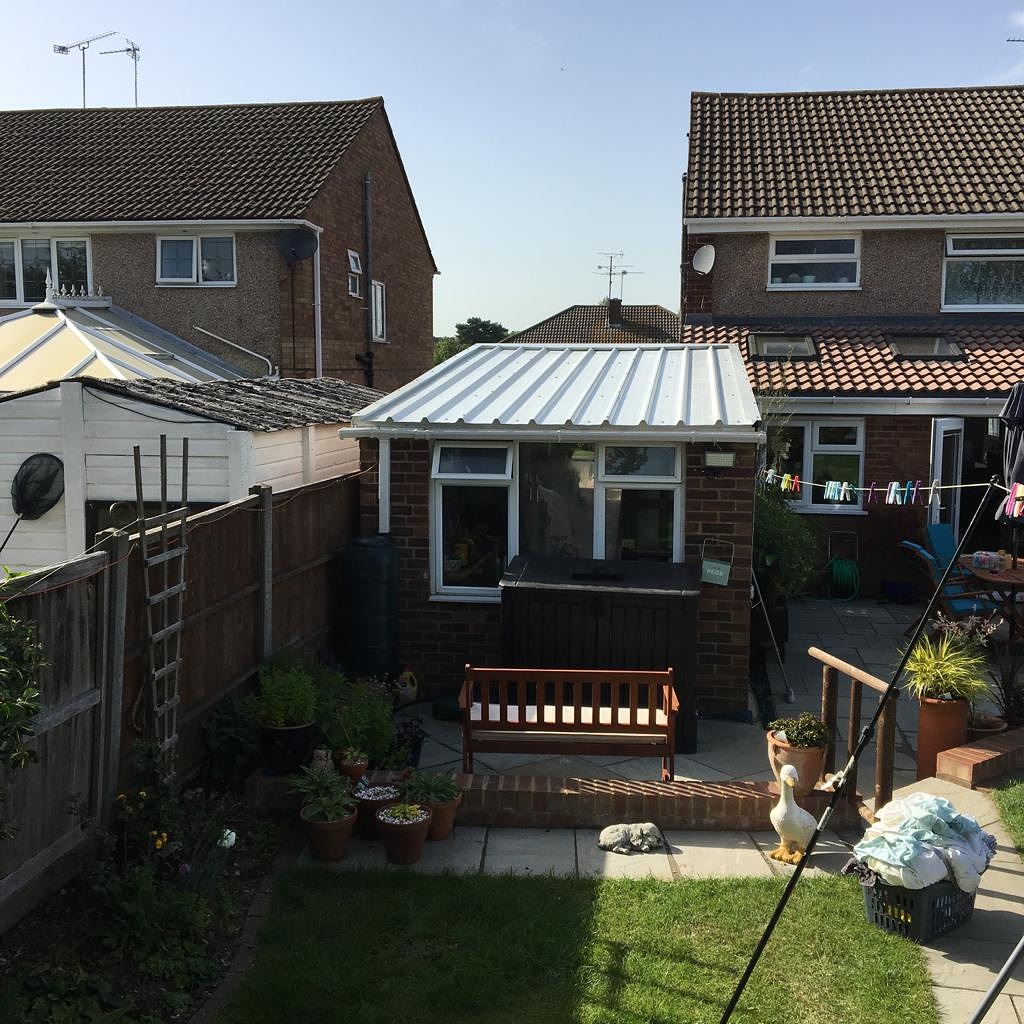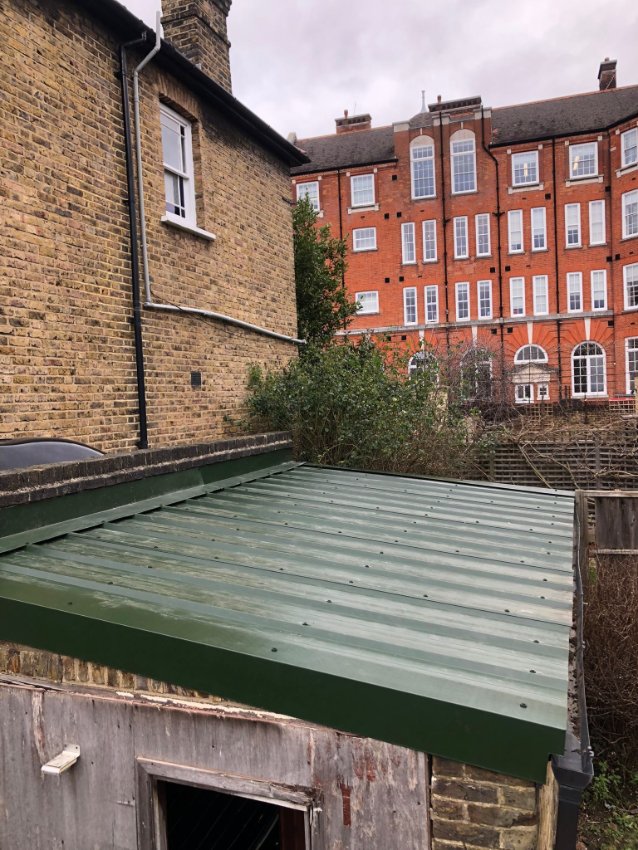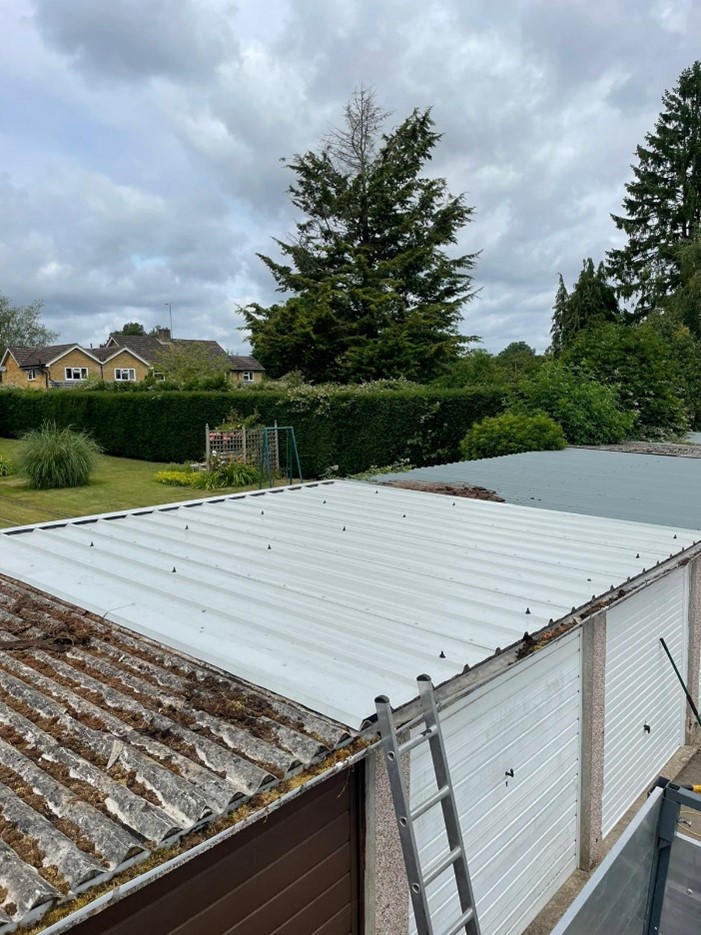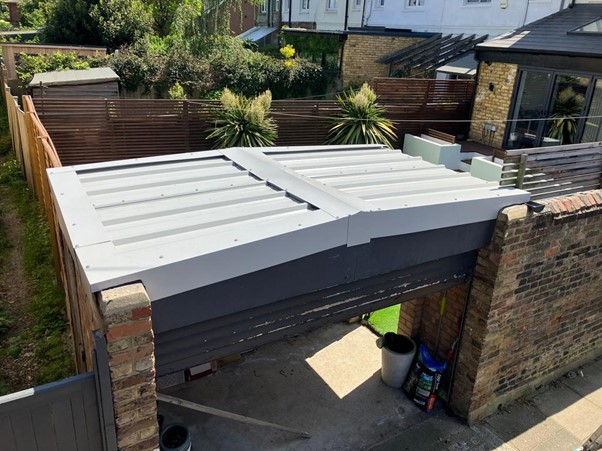Asbestos was used heavily throughout the construction industry during the 1900s because it was widely available, strong, and resistant to heat and chemicals. It was a fantastic insulator, so it was combined with products such as cement, textured coatings, lagging, and insulating materials.
Asbestos was finally banned from use in the UK in 1999 when the full extent of the risks associated with asbestos exposure was understood. As a naturally occurring mineral, asbestos is made up of microscopic fibres that cannot be seen by the naked eye.
When these asbestos fibres are breathed in, it can result in a number of serious and even potentially fatal diseases, including lung cancer, asbestosis, and mesothelioma. The symptoms of these diseases do not become apparent until many years after exposure.
If the roof contains asbestos and is undamaged, it can be left and monitored. However, if it is not encapsulated, it may deteriorate over time.
As people look to make increasing use of their garages for working or storage space, it is essential to call asbestos surveyors if you think your roof may contain asbestos.
One of the most common asbestos products is asbestos garage roofs and sometimes walls. Asbestos garage roofs are extremely prevalent, and many garages and sheds built before 1999 will have an asbestos roof.
There are tell-tale signs of asbestos garage roofs, including corrugated cement sheets with visible fibres. These roofing sheets can be quite brittle and give off asbestos dust. Not all corrugated cement roofing sheets contain asbestos, but the vast majority do.
Our asbestos contractors will be able to analyse pictures of your roof and provide advice. We also offer a sampling and testing service, where a small amount of suspected ACMs are collected by our asbestos surveyors. These are sent to a UKAS-accredited laboratory for analysis. This will be able to analyse the type and extent of asbestos.
